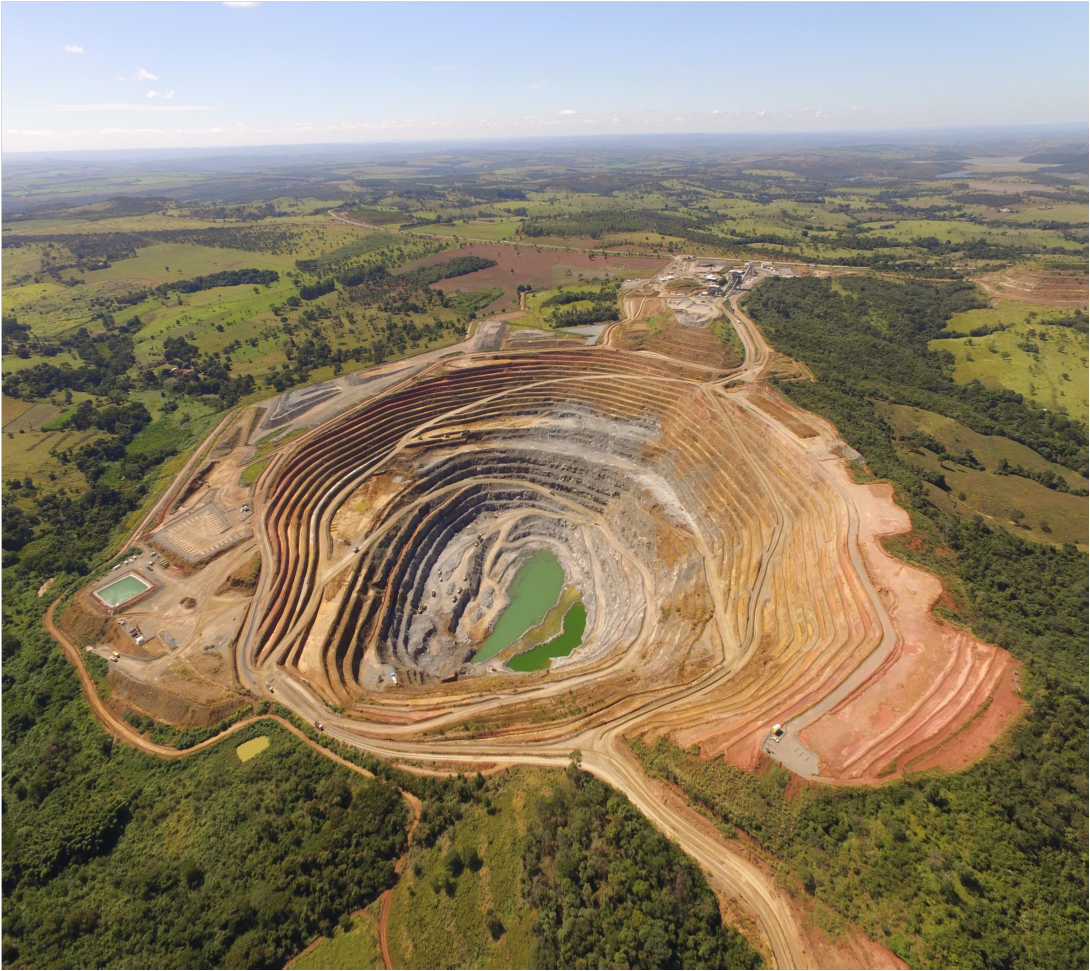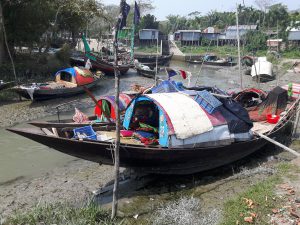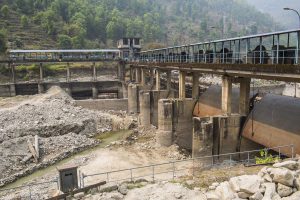Back when his chances of winning the presidency were slim, Jair Bolsonaro lauded niobium – a base metal used in alloys for the aerospace, automotive, weapons, electronics, and construction industries – as the great saviour of Brazil.
On a 2016 visit to the Brazilian Metallurgy and Mining Company (CBMM), the largest niobium producer in the world, he said the element could be “more important than petroleum”. Bolsonaro highlighted the company’s positive influence on the city of Araxá, Minas Gerais State, where it had built houses for its workers and a school for their children.
“I wish other private companies had this management model,” said Bolsonaro at the end of his visit. “And better yet, public ones. We would certainly be a great country”.
Nationalistic Bolsonaro was wary of Chinese companies’ US$3 billion investment in the industry and its purchase of more than a third of Brazil’s niobium.
Yet he failed to acknowledge that the industry has for decades been dogged by accusations of sloppy environmental management, air and water pollution, and causing illnesses in communities living near mines.
Chinese interests
In 2011, the China Niobium Investment Holdings Ltd., a consortium of Chinese state-owned companies including Anshan Iron & Steel Group, Baosteel, Shougang Corp., and Taiyuan Iron & Steel Group acquired 15% of CBMM in a transaction worth around US$1.95 billion. CBMM’s production accounts for 75% niobium production.
CBMM produces ferroniobium, a strengthened metal alloy used to fabricate high value steel. Last year, the company exported more than 84,000 tonnes, 30,000 of which went to China. The company recently announced plans to expand annual production to 150,000 tonnes by 2020.
The day-to-day reality of mining in Brazil is ‘silent’ contamination that has been dragging on for years
In 2016, China Molybdenum Corporation (CMOC) acquired operations at the Chapadão and Boa Vista mines, in Goiás, for US$1.5 billion. They were previously run by multinational mining company AngloAmerican. With the acquisition, CMOC snapped up 10% of global production. The company also extracts phosphate from the site.
With Brazil responsible for 98% of the active reserves of niobium, ex-army captain Bolsonaro is keen to keep national control of the industry. “We can no longer (as we did recently) give Catalão’s niobium to another country,” he said shortly after the 2018 election.
Meanwhile, China’s commercial relationship with Goiás is growing fast. Chinese niobium imports from the state more than tripled between 2005 and 2015 – from 736 tonnes to 2,729 tonnes.
According to Ricardo Fernandes of the State University of Goiás (UEG), niobium is a strategically important resource for China’s construction and high-technology industries, which are major motors of the Chinese economy.
Quiet, enduring impacts
While the industry has grown quickly and quietly in Brazil, it has a toxic legacy. Complaints from nearby communities about air and water pollution – and resulting sickness – have endured for decades.
“The day-to-day reality of mining in Brazil is ‘silent’ contamination that has been dragging on for years,” says Brother Rodrigo Péret, a member of a regional environmental council that has reported mining problems in Araxá, home to Brazil’s oldest niobium mine at more than 50 years old.
In 2018, the state prosecution service and CBMM agreed to rectify damage caused by niobium mines dating back to 1982. Then, the process CBMM used to extract niobium from the ore produced a chemical reaction that created barium chloride, a toxic compound that was then dumped in the mine’s waste dams.
Barium began to infiltrate wells supplying water to the Complexo do Barreiro district near the mine, as well as watercourses below the dam. The substance can cause serious health problems if ingested.
A 2015 technical report on the incident by the State Foundation for the Environment and the Minas Gerais Institute for Water Management read:
“The contamination mainly occurred because waste and effluents exhibited high concentrations of barium chloride, which is soluble and spread underground at levels higher than normal, even for this region”.
The company said the incident did not affect the popular Barreiro tourist resort and spa, whose mud and waters are famous for their supposed healing qualities. CBMM claimed remediation of the wells has shown positive results.
517
cases relating to the 1982 pollution incident were dismissed
CBMM’s rectification agreement was signed less than a month after Minas Gerais state courts dismissed 517 other cases relating to the1982 contamination. Those cases were filed by current and ex-residents of Barreiro against former owner Bunge, who they held responsible for damaging their health.

Local influence
In the face powerful companies such as CBMM, which hold sway over local governments, residents stand little chance, according to Brother Péret.
“The political influence of CBMM can be seen in a recent episode when the company contributed funds to construct the new headquarters of the Araxá city council,” he said.
“Araxá is totally dependent on the money collected, produced, and distributed by CBMM. With a mining model like this, it is hard to criticise or to make things change.”
According to Fernandes, who has been studying this topic since 2010, there are also problems relating niobium production in Goiás. He surveyed the peasant community in Coqueiros, in the area around the CMOC complex, and compiled complaints.
The list of problems included reduced water flow in streams and springs, poorer air quality, noise, and cracks in the walls of houses after explosions in the Boa Vista mine.
Some elderly people reported respiratory problems, which they believed to be aggravated by particulates in the air from mining, Fernandes said.
He added: “They stressed pressure to sell land, threatening the memory, relationships and [sense of] belonging that families have with this place.”








